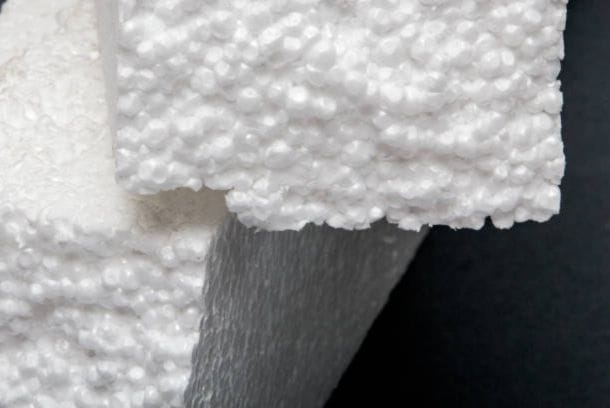When it comes to old furniture removal, many people are unaware of the impact discarded items can have affect on the environment. Furniture is often made from materials like fabrics and foams that, if not properly recycled, can contribute to landfill waste. Fortunately, recycling these materials is becoming more common, thanks to advancements in technology and growing environmental awareness. This blog will explore how fabrics and foams from old furniture are recycled, offering insight into a sustainable approach to furniture disposal.
The Importance of Recycling Fabrics and Foams
Old furniture removal often leads to a dilemma: what to do with all the materials once the furniture is no longer needed? Simply throwing it away is not a sustainable option, as fabrics and foams take years to decompose and can release harmful chemicals into the environment. Recycling these materials not only reduces waste but also conserves resources by giving them a new life.

How Fabrics are Recycled?
Collection and Sorting
The first step in recycling fabrics from old furniture removal is collecting and sorting the materials. This process involves separating different types of fabrics—such as cotton, polyester, and wool—because each material requires a different recycling process. Some fabrics can be recycled directly, while others may need to be broken down into fibers before being reused.
Shredding and Reprocessing
Once sorted, the fabrics are shredded into smaller pieces. This shredding process helps in breaking down the material into fibers, which can then be reprocessed. For natural fibers like cotton and wool, the fibers can be spun into yarn and used to create new textiles. For synthetic materials like polyester, the shredded fibers are often melted down and reformed into new fabric sheets.
Reuse and Upcycling
In some cases, the recycled fabric doesn’t need to be reprocessed into new textiles. Instead, it can be upcycled into new products like insulation, carpet padding, or even new furniture. This approach not only reduces waste but also adds value to what might otherwise be considered trash during old furniture removal.
How Foams are Recycled?
Collection and Identification
Similar to fabrics, foams from old furniture removal must first be collected and sorted. The most common type of foam found in furniture is polyurethane, which is used in cushions and padding. It’s crucial to identify the type of foam because different types require different recycling methods.
Mechanical Recycling
One of the most common methods for recycling foam is mechanical recycling. In this process, the foam is shredded into small pieces. These pieces are then cleaned to remove any contaminants and compressed into large blocks. The blocks can be used to create new foam products, such as carpet underlay or padding for new furniture. This process is especially useful for recycling foam from old furniture removal because it allows the material to be reused in a way that reduces the need for new raw materials.
Chemical Recycling
Another method for recycling foam involves breaking down the material using chemical processes. In chemical recycling, the foam is dissolved using a solvent, which separates the polyurethane from any other materials. The resulting solution can then be reformed into new polyurethane, which can be used in a variety of applications, from insulation to new furniture padding. This method is more complex but is highly effective in ensuring that the foam from old furniture removal is fully recycled.
Energy Recovery
In cases where foam cannot be recycled mechanically or chemically, energy recovery is an option. This process involves burning the foam at high temperatures to generate energy, which can be used to power industrial processes. While this method does result in the destruction of the foam, it ensures that the material is not simply discarded in a landfill, making it a more environmentally friendly option during old furniture removal.
The Role of Professional Old Furniture Removal Services
For individuals looking to dispose of their old furniture, it can be challenging to know how to recycle the various materials properly. This is where professional old furniture removal services come into play. These services often have partnerships with recycling facilities, ensuring that fabrics, foams, and other materials are disposed of in an environmentally responsible way. By choosing a service that prioritizes recycling, you can rest assured that your old furniture won’t contribute to landfill waste.
Conclusion
Recycling fabrics and foams from old furniture removal is a crucial step in reducing environmental impact and promoting sustainability. By understanding the processes involved in recycling these materials, you can make more informed decisions about how to dispose of your old furniture. Whether you choose to recycle on your own or hire a professional old furniture removal service, you’re contributing to a greener future by ensuring that valuable materials are given a second life. Remember, the next time you need to get rid of old furniture, consider the recycling options available and take the opportunity to make a positive impact on the environment.
FAQ
Why is it important to recycle fabrics and foams?
Recycling fabrics and foams reduces the amount of waste sent to landfills, conserves resources, and minimizes the environmental impact of producing new materials. It also helps reduce pollution and energy consumption related to the production of textiles and foam.
How are fabrics recycled?
Fabrics are typically sorted by type and color before being mechanically shredded into fibers. These fibers can then be spun into yarn to create new textiles, or they can be compressed and used in other industries, such as insulation or car upholstery.

